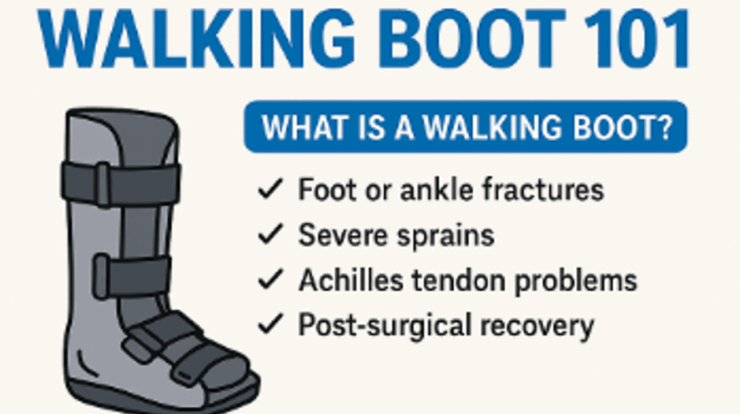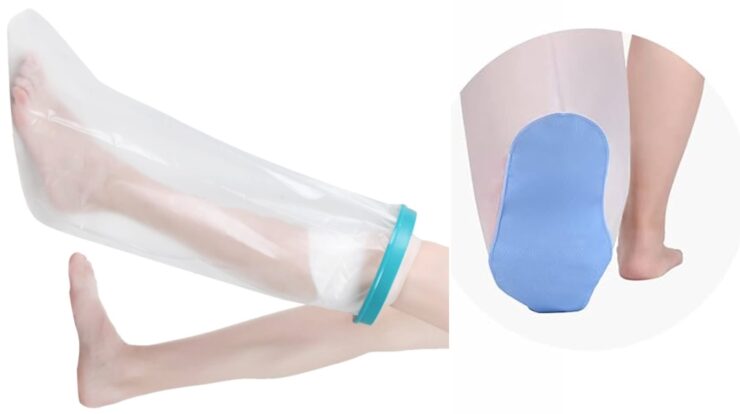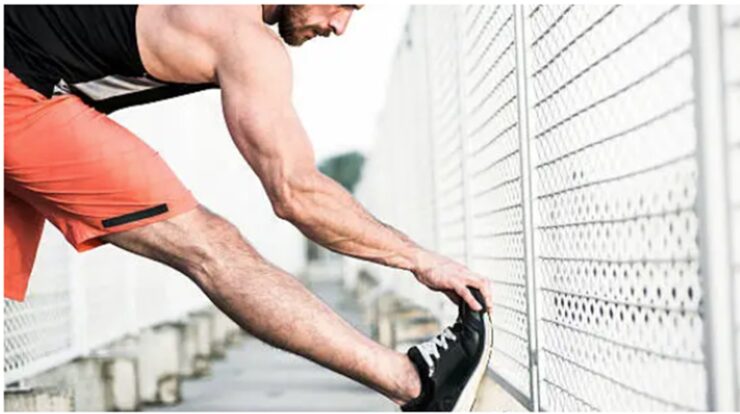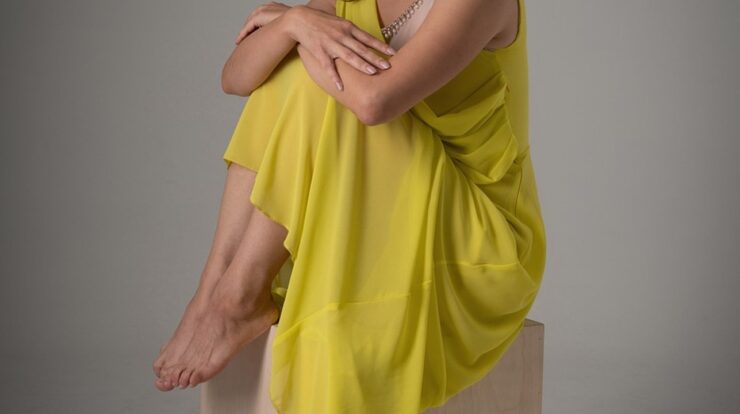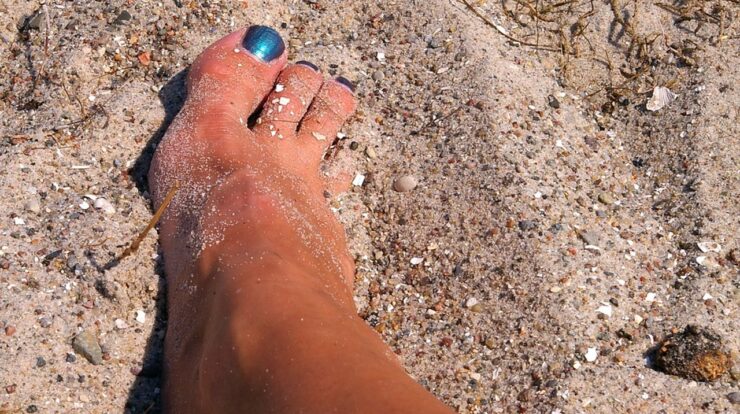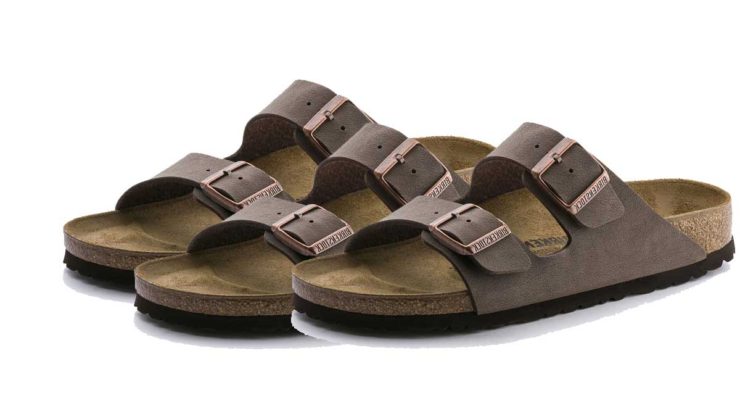
Did you know that your foot is supposed to arch at the center of your foot? Did you know that the entire part of the sole of your foot is NOT supposed to touch the floor when you stand?
Surprisingly, there were people who never realized that having flat feet is actually a deformity and a sign of underdevelopment during childhood. This can also be a sign of wear and tear over the years.
So, why is bad to have flat feet? Well, the condition might be painless at the moment, but over time it can contribute to ankle and knee problems because flatfeet can cause the misalignment of your legs.
For those who go through their entire lives with painlessly flat feet – you are the lucky ones who never have to seek professional help. For the not-so-lucky ones, you may need to visit a doctor. However, for your day-to-day activities, you should look into wearing Birkenstocks.
What Are Birkenstocks?
Birkenstocks are a German brand of shoes that specialize in making sandals that offer comfort. Their shoes are usually made of wood, rubber, and leather that hug your feet for optimal comfort and support.
The company, however, has switched to using a variety of natural materials that are made from recycled materials or other renewable materials for the sake of going green and sustainability. Even vegans can feel pride in wearing the all-natural sandals that use vegetable-based dyes for the colors.
Most people who suffer from deformed feet or conditions that cause pain in their feet tend to wear Birkenstocks, not only because they are snug,and relieve pain, but also because they aid in the recovery from the condition over time.
Are Birkenstocks Good For Flat Feet?
The way that the shoes are made is ideally suited to help people with conditions that may affect they way they walk, whether its because of pain or in the case of flat feet which could affect the way you walk.
For this reason, Birkenstocks have the best features that make them perfect for people with flat feet. These features include the following:
- Birkenstock sandals have a sole and footbed that is made of four layers. The bottom of the shoes is made of textured material to create enough friction so that you don’t slip when you’re walking or running. This layer also assists with the absorbent of shock every time you walk. The next two layers help with stabilization as well as regulating moisture around your feet. Finally, the last layer of the footbed, which is where you will place your feet, is made of natural cork that insulates your feet, while cushioning them at the same time. All these layers combined provide comfort and support.
- Birkenstock sandals have a toe bar that can be adjusted so that your feet fit snugly. This toe bar allows your toes to grip the shoe or flex when needed in a very natural and relaxing manner. This improves the blood circulation in your foot while also exercising your leg. The grip of your toes allows you to maintain your balance, whether you are standing or walking.
- Birkenstocks consist of a cork and latex footbed and sole that contours to the natural shape of your foot. This allows your body’s weight to be properly distributed across your feet while also providing adequate arch support at the sole of your foot.
- The shoes have a deep heel cup that allows your foot’s natural padding underneath your heel to sit securely for extra stability when standing or walking. The heel cup also helps create enough arch in your sole (which is needed for those with flat feet). This is necessary to avoid any misalignment to the ankle and knee for the overall support of your legs.
- The sandals have adjustable straps so that you can either tighten or loosen them for both the sake of comfort and support. While it is not advised that the straps be too tight, they should be tight enough to provide arch support. The toe bar should be slightly tighter than the other straps so that your toes can properly grip the shoe when walking. The rest of the straps should be slightly looser so that your feet are free to move while walking.
Birkenstocks were designed to function as supportive and cozy shoes that relieved your feet from the strain of standing for long periods of time or for walking long distances. However, there are a few things you need to know about Birkenstocks after you have bought a pair.
Things To Keep In Mind About Birkenstocks
Firstly, Birkenstocks were designed for comfort and support, not for the various rough terrains of long hikes. For this reason, you should not wear them when you decide to climb a mountain or walk along the rocky riversides.
Don’t make the mistake of thinking they can’t handle the uneven terrain. They can, they should just be avoided. You can, however, wear them whenever you go for long walks exploring cities or when you know you’re going to spend a long time at the mall or waiting in long endless queues.
Secondly, these shoes are perfect for your time at the beach. There are some Birkenstocks like the “Esssentials” line that are made from a waterproof material, unlike the usual suede. Not only does this prevent you from walking around with soaked shoes, but they also prevent the sticky feeling when your feet begin to sweat.
Lastly, before you find yourself touring the city with a brand new pair of Birkenstocks, you should take the time to break them in first. Due to the cork material of the footbed, the shoes will feel stiff and uncomfortable when you first buy them.
They need time to adjust to the natural shape of your foot. The best way to break them in is to slip on a pair of socks and walk around a bit. This could take one to two weeks, but it’s definitely worth the wait.
Another reason why you should break them in is to avoid blisters. Blisters can appear during the breaking-in time, but then your shoes will be soft enough later when you go for your long walks. Better sooner rather than later.
At the end of the day, whether your flat feet are causing you any pain or not, buying a pair of Birkenstocks is a good investment. The high-quality material will allow you to enjoy comfortable shoes for years, and it does not matter if you are an active person or not.

